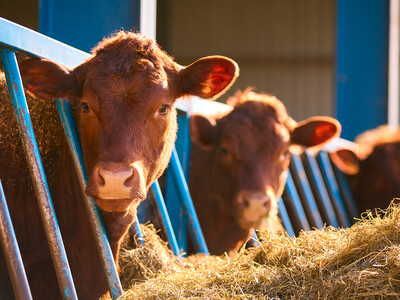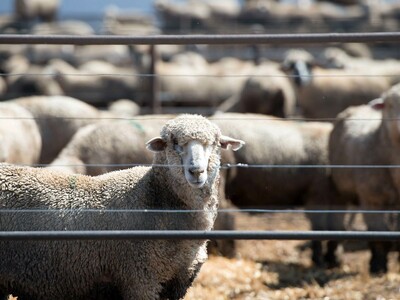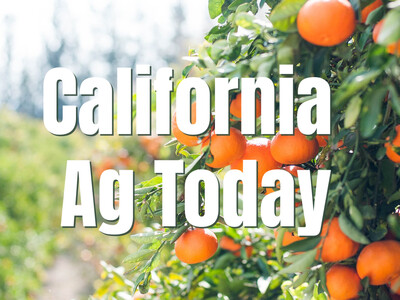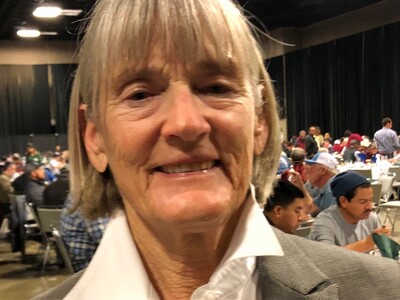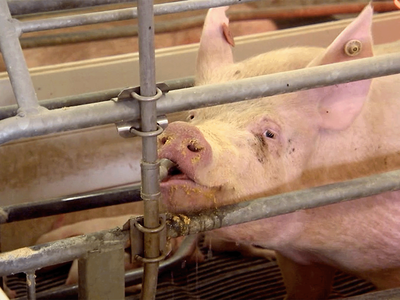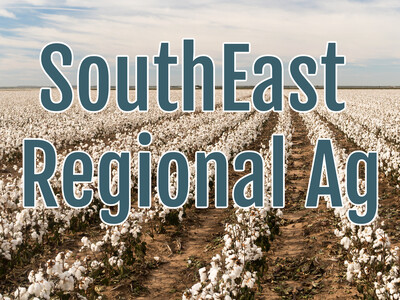Biomass Crop Assistance Program
Biomass Crop Assistance Program. I’m Greg Martin as Line On Agriculture presents the Harvest Clean Energy Report.
At the beginning of May, Ag Secretary Tom Vilsack announced the approval of the nations first Biomass Crop Assistance Program project area. The BCAP project area was designed and submitted by the Show Me Energy Cooperative of Centerview, Missouri, which now has more than 612 producer owners. Northwest Ag Networks Lacy Gray has more on the program.
GRAY: The first BCAP Project Area will promote the production of dedicated feedstocks for bioenergy. It covers approximately 50,000 acres in 38 counties in Missouri and Kansas and will help spur the development of next-generation biofuels and is part of Obama Administration efforts to protect Americans from rising gas prices by breaking the nation's dependence on foreign oil. Individual farmers within the boundaries of the project area can now sign contracts with USDA to grow dedicated energy crops. Producers who sign contracts can receive payments of up to 75% of the cost of establishing a new energy crop, as well as annual payments for up to 5 years while the crop matures. Producers in the area will plant mixes of perennial native plants, such as switchgrass, for the manufacture of biomass pellet fuels and other biomass products to be used for power and heat generation. The proposed crops also will provide long term resource conserving vegetative cover.
USDA’s approval of the Show Me project area comes nearly 3 years after Congress approved BCAP as part of the 2008 Farm Bill, and more than 6 months after publication of the final BCAP rule last fall. This serious delay in the implementation of the most critical part of the BCAP program, in addition to costly outlays for BCAP matching payments in 2009 and early 2010, has led some to call for Congress to scrap the program.
Eliminating BCAP would be a mistake, as there is no other comprehensive federal program dedicated to helping farmers and foresters reduce the financial and other risks of developing energy crops in a sustainable manner. Producers interested in participating in the project area should visit their local Farm Service Agency (FSA) county office for additional information and application.
For additional information on clean energy, visit harvestcleanenergy.org. That’s today’s Line On Agriculture. I’m Greg Martin on the Ag Information Network.???www.harvestcleanenergy.org





